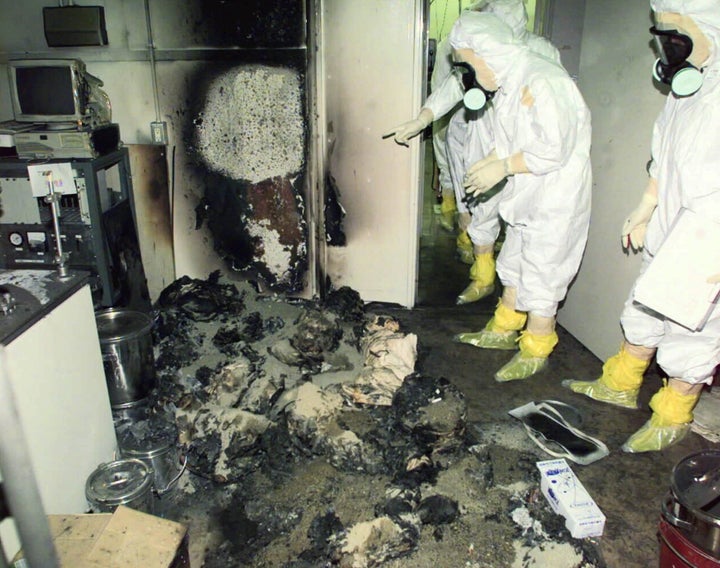
The nuclear tragedy currently unfolding in Japan started decades ago on a piece of paper. Before any infrastructure project that size is approved, a risk assessment needs to be done. Hazards are identified and a cost/benefit analysis is made about how to approach those risks.
If constructing in a seismic zone that hasn't seen an earthquake above a magnitude of M6.5 in 100 years, do you build to withstand a magnitude of 7? Or put in extra the millions upfront to protect against a magnitude of 8 that may never come? Or do you simply choose not to build a nuclear power station in an earthquake zone at all?
Every critical energy installation (and much of all infrastructure) is built on the basis of such risk assessments. In the case of the energy sector, getting it right is crucial not only for the ability to generate power, but also for site integrity. However, there are increasingly problems, both physical and economic, with the way the risk assessments are done.
Risks Caused By a Changing Environment
First, due to changing environmental conditions (sea level rise, subsidence, changing storm activity, etc.), historical records may no longer be reliable predictors for future risks.
For example, the summer of 2003 was unusually hot. Many of the French nuclear power stations are cooled by river water. But, in 2003, the rivers were so warm, they couldn't be used to cool as normal. That caused the powering down or shutting off of 17 French nuclear reactors. It cost the French utilities hundreds of millions of dollars to buy power from neighboring countries.
This 'anomaly' happened again in the summers of 2006 and 2009, again causing powering downs at French nuclear facilities. According to the Hadley Center, by 2040, it will be 'commonplace' for European summer temperatures to reach 2003 levels.
This new environmental change variable is often left out of risk assessments for all manner of new infrastructure builds. Dams in India are seeing reduced generation capacity as a result of shifting monsoons. Sections of oil and gas infrastructure along the U.S. Gulf Coast are suffering repeated shutdowns due to flooding, hurricanes and subsidence. Homes in the US and UK are already being built on actual floodplains, let alone areas that are likely to become floodplains.
Risks Caused by Economics
The second problem is economic. Some of the best risk assessors are in the insurance industry. However in some places, and cases, that safeguard against risk -- no insurance, no building permit -- is being short-circuited.
For example, the US lobbied India to impose a cap on liability for nuclear accidents in order to protect American firms seeking to sell reactors to India. There is already a cap in the US on what the nuclear industry would have to pay in case of a disaster.
This distorts real risk assessment and can lead to situations in which corners are cut because the cost of building safely exceeds the liability and so, from a financial perspective, it makes sense to build less safely.
Similarly, in the US, the $75 million liability cap on oil spill clean-ups came up when it became clear that the BP Deepwater Horizon blow-out caused rather a bit more damage than that.
An extension of this is financial structures that allow for the creation of front companies that are designed to be 'cut loose' and fail and take the loss with them, without affecting the parent company.
The economic miscalculation of risk is also exacerbated by an environment in which 'externalities', such as costs to other industries, health impacts, and security implications, are not factored into the risk assessment at all.
Economic systems that are designed to offload risk produce particularly inaccurate risk analyses and particularly vulnerable or dangerous installations. This is the infrastructure equivalent of credit default swaps, in which the risk is ignored or passed around, to the point where it can seem to make sense to build a nuclear plant in a highly active seismic zone.
The result is that in many key components of our critical infrastructure, long before the first share is issued, the first shovelful of earth is dug, the first brick is laid, the risk is much higher than anyone knows. Or, in some cases it seems, wants to know. If more Fukushimas are to be avoided, we have to start by understanding the real risk of risk.